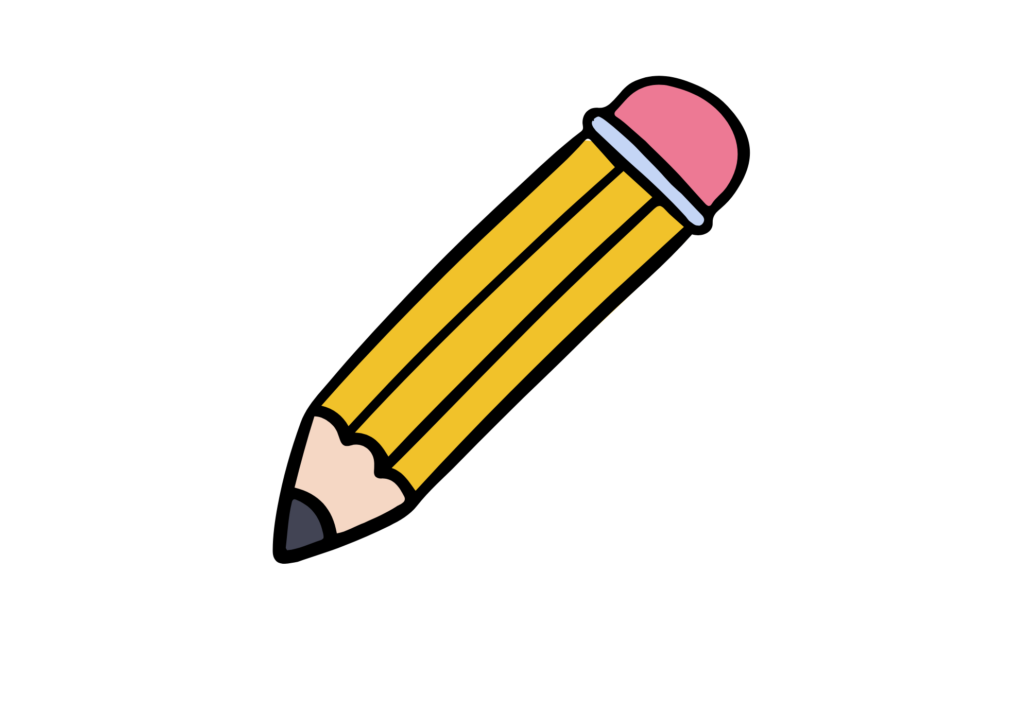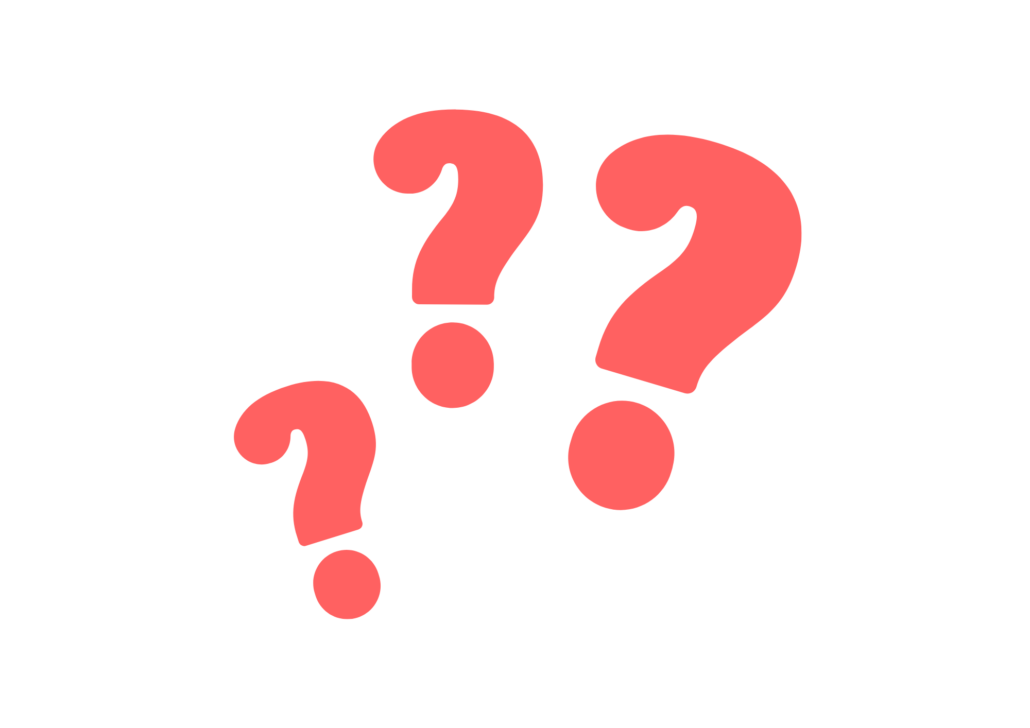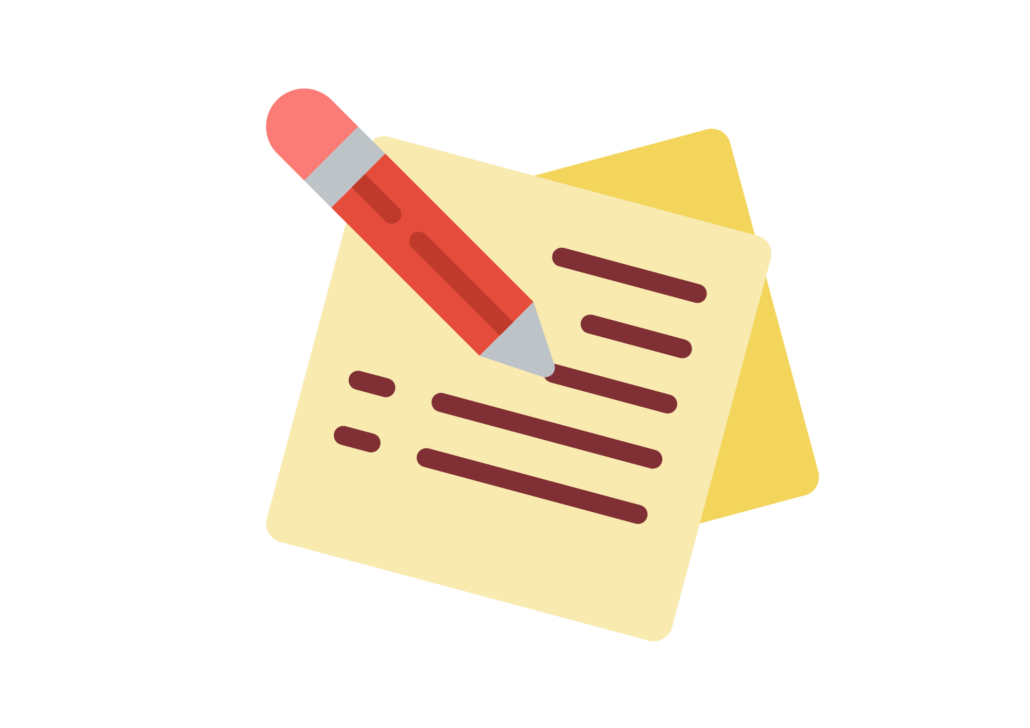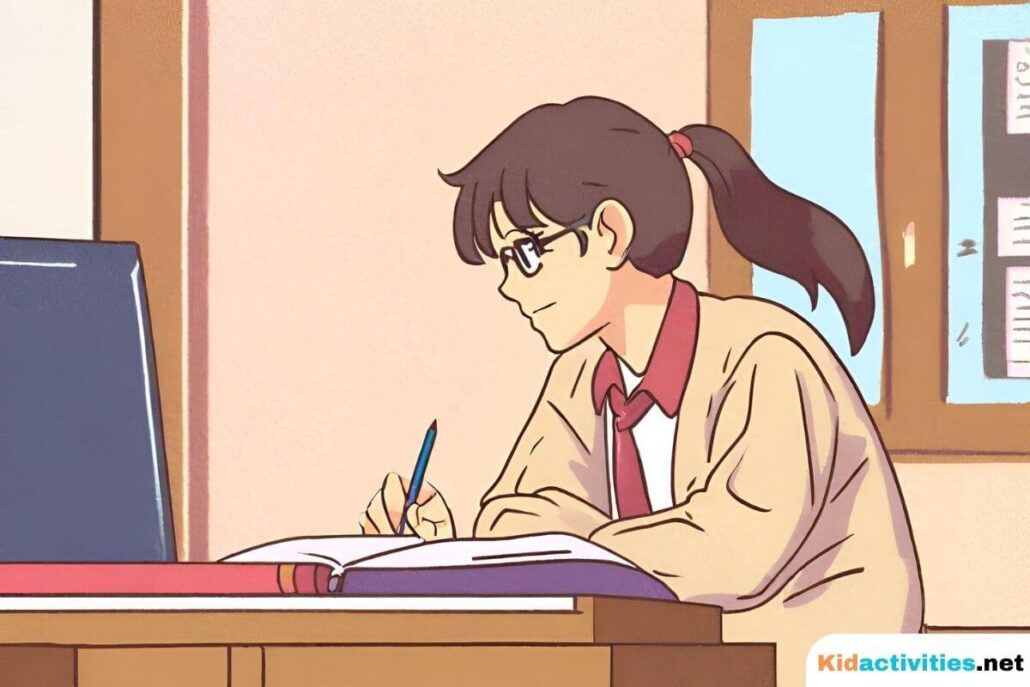Taking notes is a typical part of a student’s school experience. Studies show that writing down the most important parts of a lesson helps students learn the material better than simply listening and reading. However, many students take notes and never look at their work again!
Help your students take advantage of their hard work by interacting with their notes in the days after they compose them. Reviewing and interacting with notes will help students store the material in their brains long-term.
You can have your students try out a different type of interaction each day or create a “menu” of options for students to select from when elevating their notes.

Highlight, Underline, Circle
Within a few minutes of your students taking notes, have them highlight key ideas of everything they wrote, underline key terms, or circle phrases they have questions about. You can guide students through all three processes.
When students highlight, ensure they refrain from highlighting every word of their notes! Although every item they wrote down is important, ask them to only highlight the most essential information.
After your students underline words they do not understand, have them turn and talk to their neighbor to ask for the definition of each underlined word.
Can the students figure it out together using context clues, prior knowledge, and acquired understanding? If so, fantastic! If not, students can use their research skills by looking up the term.
Circling concepts that students still have questions about can lead to a class discussion that can clarify a student’s understanding of the topic. Your students can put you in the “hot seat” by “quizzing” you on their remaining questions from the phrases they circled. The whole class will benefit from your review!
Connect the Dots
Once students have ample notes, encourage them to “connect the dots!” Connecting the dots entails students noticing ideas, terms, or concepts that connect to or cause one another. Students can draw arrows from one concept to another to show visual correlation or causation between ideas.
If a student is taking science notes on the water cycle, for example, they might draw an arrow from the phrase “water evaporates from bodies of water” to “clouds form from evaporated droplets” to visually show causation or correlation.
If a student took history notes, they might draw an arrow from “the assassination of Archduke Franz Ferdinand” to “WWI started in 1914.” See how many connections students can make!
Add Illustrations
Do you have students who love to draw? Are they always doodling on their worksheets or even their desks? Let’s allow them to put those artistic skills to good use! One way students can engage with their notes and bring them to life is to add relevant illustrations to the text.
If your students are taking notes on Ancient Egypt, for example, they could add an illustration of a pyramid or a sarcophagus next to a section of notes on why the afterlife was important to Egyptians.
If your student has a set of notes on the impact of setting in a novel, they could add a small drawing of the setting of their current book.
Studies show that artistic students remember things better when they can illustrate their thoughts. Adding drawings to notes will make them more visually appealing, clarify concepts, and help store the information in long-term memory.
Develop Questions

After your students take notes, have them draw a vertical line on the left-hand side of their notes. Students should look at each section of notes they took, one section at a time. Next, they should develop a question that their notes answer. Students should write the question on the left side of the vertical line next to the section of notes that holds the answer.
For example, if students are taking notes that say: “Sleep can restore muscles, improve your immune system, and help you remember things you learn,” a student could generate a question that says, “What are some benefits of sleep?”
If a student writes, “Hunter-gatherers started to settle along rivers when they learned how to grow crops and domesticate animals,” they might ask, “What development changed the Old Stone Age to the New Stone Age?”
Generating questions about their notes will help students review the information in a way that activates their engagement with the content. To take this interaction a step further, students can even quiz one another using the questions they developed!
Summarize
After taking extensive notes, it’s always helpful for students to narrow down their understanding of the most important pieces of information. To view the big picture, students can summarize their notes in a short paragraph of three sentences.
Before writing a summary, students should review their other interactions, such as the phrases they highlighted, questions they developed, and more. Finally, students should write three sentences that encompass concepts from all sections of the notes. The summary should give any reader an overview of the notes! Re-telling and reframing the information in a summary will help students determine the most essential components of their notes.
Titles and Goals

Another way for students to consider their notes engagingly is to create a title for their content. Students should pause after note-taking and read the notes as if from a third-person point of view. Imagining that they are reading the notes for the first time, students should create a title for the notes that would encompass what the notes are mostly about.
To take this method a step further, students can generate a learning goal for their notes. A learning goal would start, “I can…” and students would finish the goal based on what their notes could teach a reader. “I can understand how the water cycle works,” might be a learning goal, or, “I can explain how the Nile River impacted the way the Ancient Egyptians lived.”
Generating titles and goals for their notes will help students take an outside perspective on their writing while adding a creative element to their learning!
As your students take notes, show them how to add these interactions into their study habits. Take time in class to teach each strategy, and allow time for students to choose what works best to help them engage with their notes. You and your students will see the benefits of interacting with their notes very soon!
F.A.Q.s
Q: How should I pace the note interactions?
A: The recommendation is to conduct one interaction within ten minutes of note-taking, a second interaction within 24 hours of note-taking, and a third interaction within one week of note-taking.
Q: How should students keep up with their notes to have them handy for interactions?
A: I recommend keeping a 3-ring binder with divider tabs for each subject. The student can place the notes behind the divider of the corresponding subject and have them ready for review as needed.
Q: Which type of interaction is the most effective for student learning?
A: It depends on the type of learning that best connects with your student! Allowing students to try out and select their preferred methods of interacting with notes will be of maximum benefit to each student individually.

